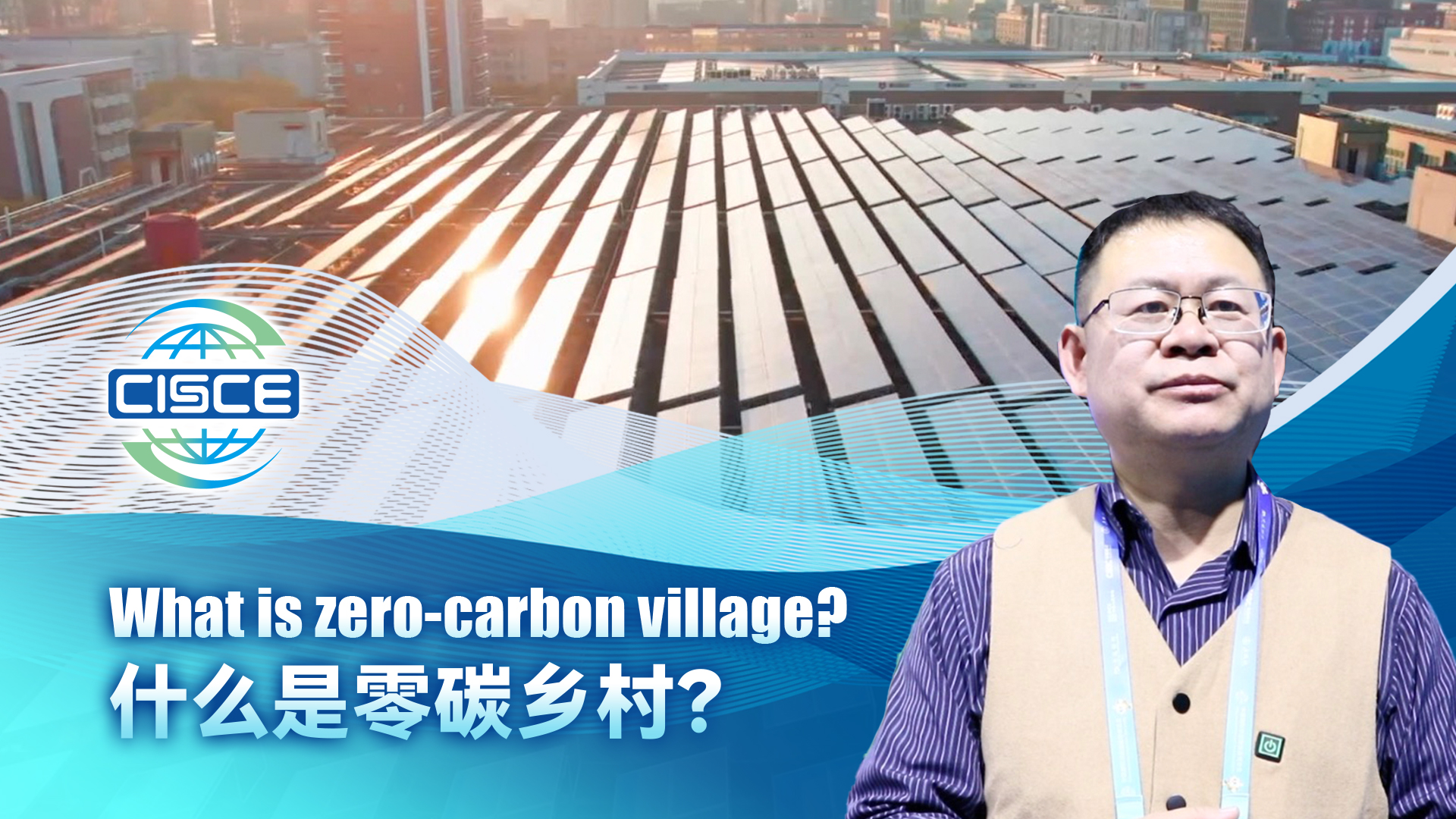In the 81-year-old village secretary Chang Shumao's home, the newly installed heating equipment is running.
"I remember that we had to run stoves to heat the house. I was always surrounded by smoke," Chang said. "But now, after using clean energy for heating, the house is much cleaner."
In recent years, Quwo County, north China's Shanxi Province, has taken the clean heating renovation as a major project to improve the ecological environment. This case was discussed at the "zero-carbon village" booth at China International Supply Chain Expo in Beijing on Tuesday.
"When a village reduces its emissions more than it emits carbon, we call it a zero-carbon village," said He Jijiang, executive deputy director of the Research Center for Energy Transition and Social Development at Tsinghua University.
According to the National Bureau of Statistics, in 2017, 45 percent of China's rural households used high-emission fuels, such as firewood and coal, and nearly 200 million tonnes of coal were used for heating in northern China's countryside during the winter months, with less than 15 percent of clean electricity.
In China's rural areas, which are rich in renewable energy, such as biomass energy, solar energy, wind energy and geothermal energy, there is a broad prospect for zero-carbon development that can contribute to the country's carbon neutrality. Based on the concept of zero carbon, China has constructed the strategic framework of zero-carbon village, according to Carbon Neutrality Committee of China Engergy Conservation Association.
He told CGTN about the main implementation path of rural energy transformation, which included zero-carbon electricity, zero-carbon heat and zero-carbon transportation.
"Take zero-carbon electricity as an example," He said. "You can see that at our zero-carbon village experiment station, photovoltaic panels have been installed on the roofs of many of the houses, which absorb solar energy to generate electricity."
He added that the panels also insulate the rooms against heat, especially in the summer, which can reduce the temperature by 3 to 6 degrees Celsius.
He said that photovoltaic equipment made of solar cell semiconductor materials directly converts the sun's radiant energy into electrical energy, so the village has also established a centralized parking lot in the village where cars can be charged.
"There is also a strawberry field where each greenhouse is equipped with roof shade cloth, heater and integrated water and fertilizer irrigation equipment. The intelligent control system enables precise temperature control and automation of water and fertilizer irrigation during the strawberry planting process," He said.
In Shanxi, many companies are also promoting the construction of photovoltaic power generation, energy storage and hydrogen production projects to comprehensively promote the green and low-carbon development of enterprises.
However, accepting photovoltaic power generation and installing solar panels is the first step towards reaching zero-carbon goals. "How to make green power truly support people's daily lives is the key to achieving zero carbon," He added.
He said that they plan to build hundreds of international standard pilot zero-carbon research labs so that they can play a role in international exchanges regarding zero-carbon development.
(If you have specific expertise and want to contribute, or if you have a topic of interest that you'd like to share with us, please email us at nature@cgtn.com.)


